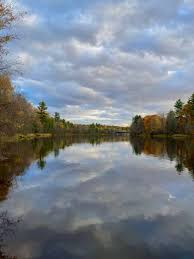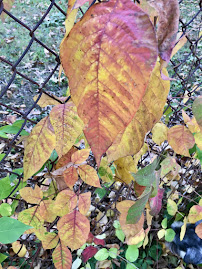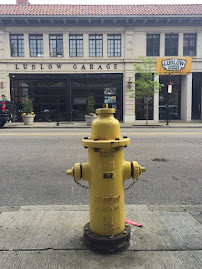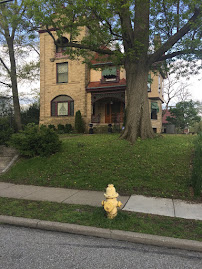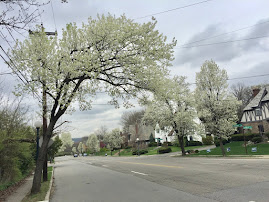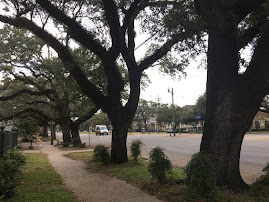Dear George,
College sports have been turned upside down in the last few years. For over a century the NCAA treated college sports as an amateur enterprise and prohibited college athletes from earning anything beyond a free education (tuition and fees, room and board). Following the Supreme Court’s rejection in 2021 of the NCAA’s “amateurism” argument, the NCAA ended virtually all restrictions on what athletes could earn from deals involving their own identities.
“NIL” stands for “names/images/likenesses” and refers to an NCAA rule change that allows athletes to earn money from endorsements, social media postings, personal appearances, and other similar activities involving their personal identities. They can even accept money from boosters, usually longtime wealthy donors with ties to a university. Social media influencing is most frequent NIL activity performed by athletes, accounting for nearly 75% of NIL deals. If athletes have 10,000 or more followers on Instagram, Tik Tok, Facebook, etc., they can earn money from companies by adding personal endorsements of products and services to their media posts.
The main rationale for NIL is that college athletes generate billions of dollars for their universities, TV and radio networks, and the NCAA. Up until recently athletes haven’t been able to profit a single penny from their own names and images. Advocates of NIL argue that it’s simply fair for athletes to be compensated for the value they create.
Soon after the NCAA changed its rules in 2021, groups called “NIL collectives” formed in order to help athletes profit from NIL. These groups are most often composed of boosters and fans, and they operate independently from the university. There are also new NIL collective business firms that specialize in connecting athletes with potential sponsors. Most NIL collectives raise money from boosters, alumni, fans, and businesses, then use the funds to compensate athletes for their NIL activities. It’s estimated that over 250 NIL collectives are currently in operation nationwide.
In 2022 about 17% of athletes at Division I universities participated in NIL activities. Local deals have been far more prevalent than national brands. It’s expected that NIL earnings will reach over $1.5 billion in 2024. The size of NIL deals for individual athletes varies dramatically. The average NIL deal during the first year was about $1,300, and the median was $65 (meaning that about half of all NIL earnings were below $65). However, top athletes are known to have secured NIL deals exceeding $1 million or more, sometimes 30 or 40 times annual faculty salaries at their university. To take a few examples, the University of Alabama quarterback received 3.1 million in NIL deals in his senior season, and the University of Colorado quarterback earned between $4.8 and $5.1 million. A freshman on the USC basketball team earned $7.5 million this season before he played a single game. Last year a high school quarterback in Florida was offered $9.5 million by a booster to commit to the University of Miami. He initially accepted the offer but changed his mind with University of Florida boosters offered him $13.5 million.
Evaluations of NIL are all over the map, with lots of arguments pro and con.
My own opinion is mostly skeptical. Here are some of the problems:
(1) Negative team effects. Star players are much more likely to secure lucrative NIL deals, potentially creating resentment or jealousy by teammates, many of whom do not receive any NIL money.
(2) Inequality across universities. Schools with wealthy boosters are likely to offer richer NIL opportunities to attract top recruits, widening the gap still further between well-funded and less-funded schools. Likewise, athletes may be even more prone to use the transfer portal to transfer to schools with better NIL deals.
(3) Gender inequity. Female athletes have fewer NIL opportunities compared to males. Studies indicate that male athletes receive about 70% of total NIL earnings. The top 100 recent NIL earners this past season included 94 men and 6 women.
(4) Inequality across sports. NIL deals are concentrated in a few revenue-generating sports, mainly football and basketball. Athletes in those sports have a much higher chance of getting NIL deals (i.e., 92 of the top 100 earners in 2023-24). Further, as donors redirect their donations to individual athletes in football and basketball, athletic departments will receive less general funding which they could have used to support secondary sports.
(5) Academic disruption. With its emphasis on financial gain , some athletes might give NIL money-making activities priority over academics.
Overall, I think that the NIL system is potentially unfair in lots of ways. However, the situation is rapidly evolving, and it will be interesting to see what happens in the future.
Love,
Dave
SOURCES:
Carter, Bill. Seven data points that will tell the story of NIL in 2023. sportsbusinessjournal.com, Jan. 17, 2023
Grady Capstone. Collegiate Female Athletes Pay As Males Dominate Revenue: Exploring the NIL Gender Pay Gap. gradynewsource.uga.edu, Apr. 12, 2024.
Rudder, Paul. Who is the highest paid college athlete? NIL endorsement deal money in NCAA sports. en.as.com, Mar. 25, 2024.
Schoenfeld, Bruce. “Student Athlete. Mogul.” New York Times, Jan. 24, 2023.
Teamworks.com. A Changing Game: The Rise of NIL Collectives. Sept. 6, 2023.
Wikipedia. Student athlete compensation.

















